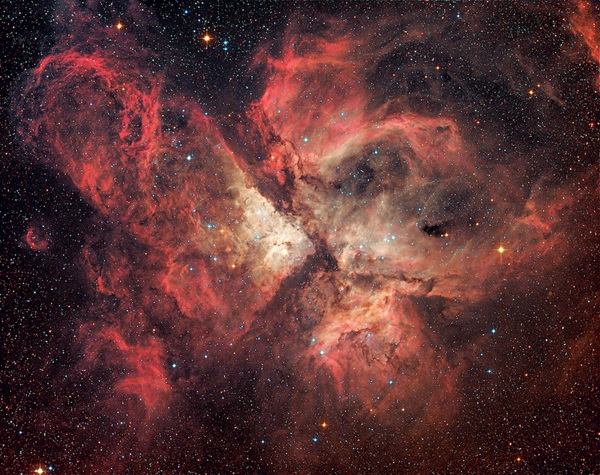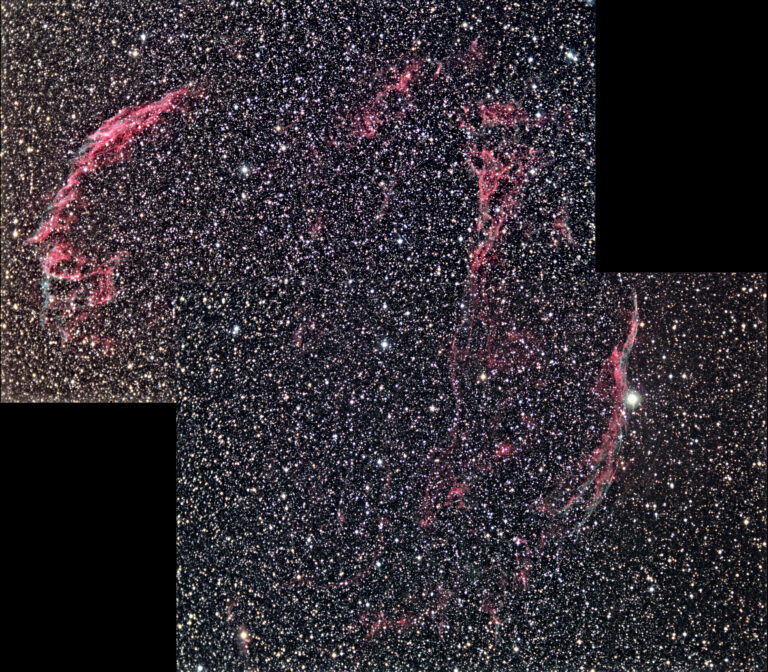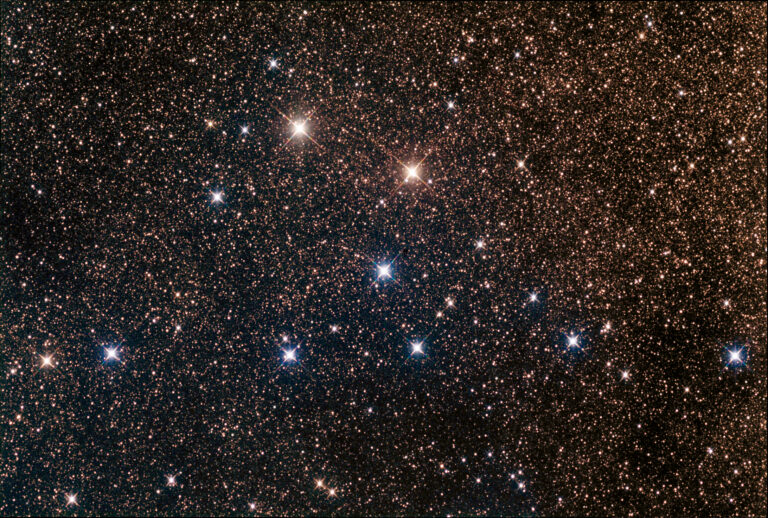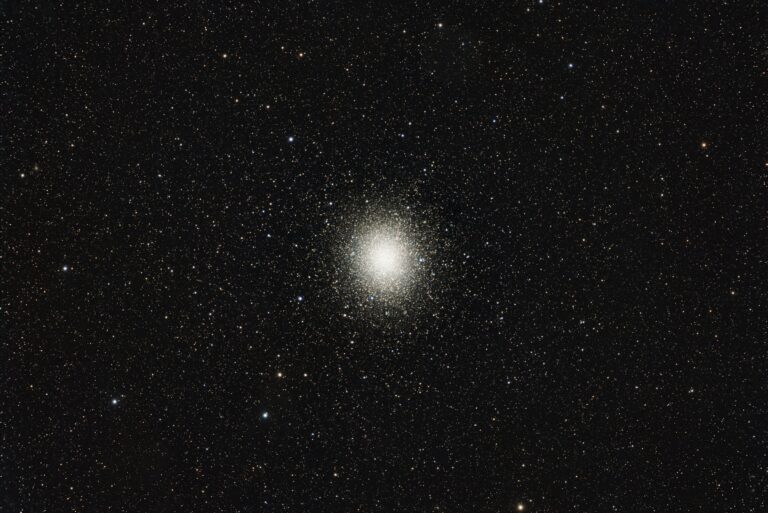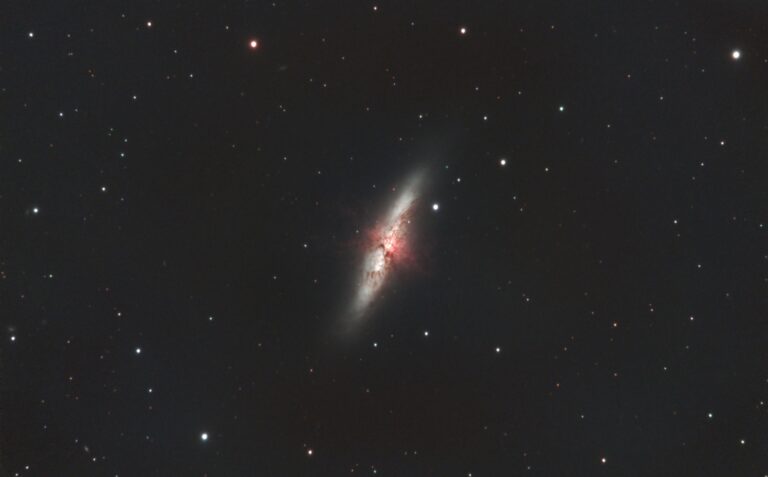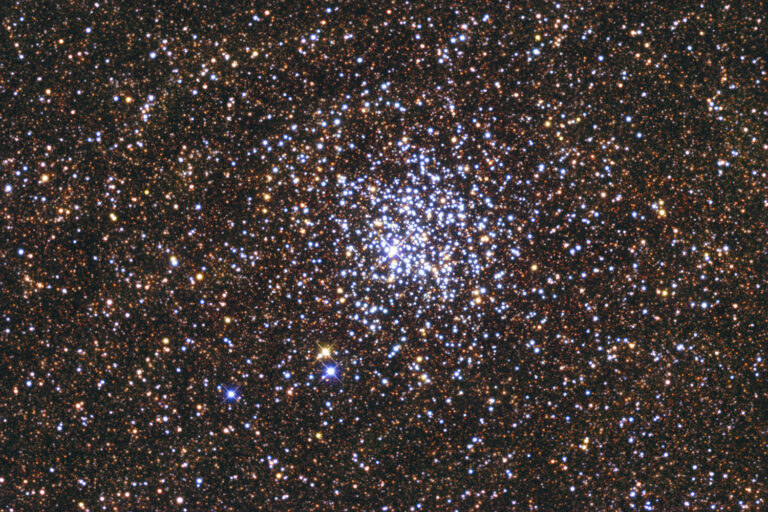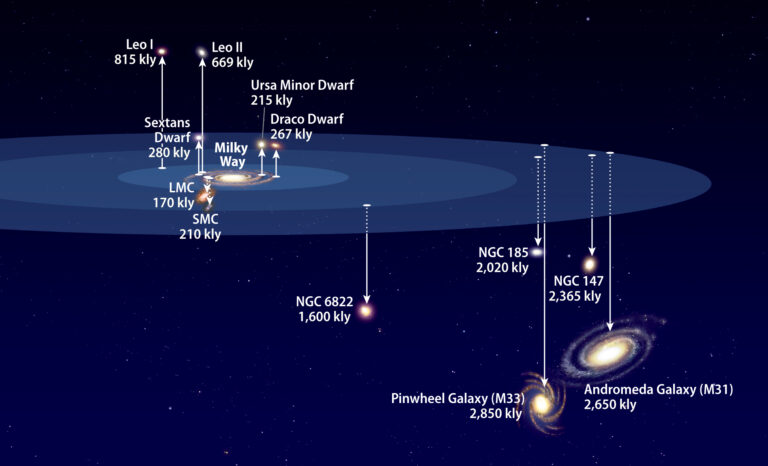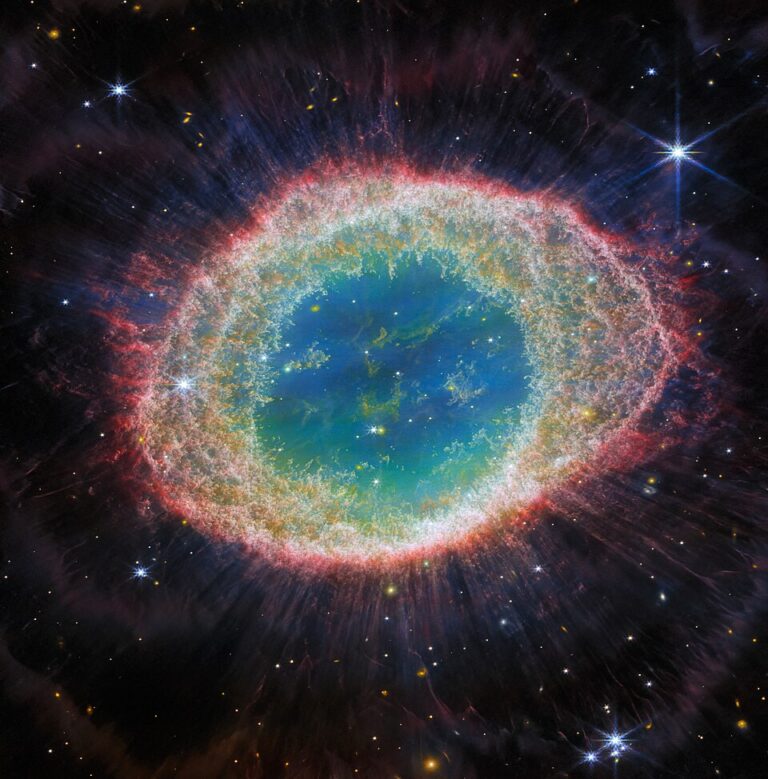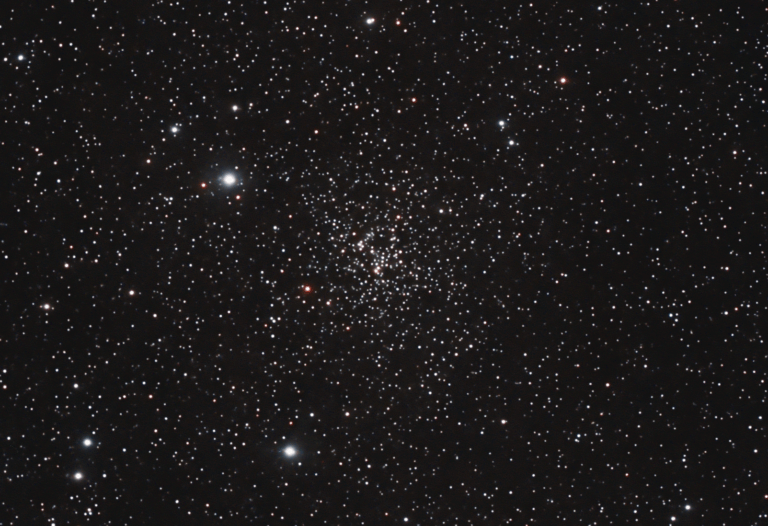Key Takeaways:
- The Carina Nebula (NGC 3372), a large emission nebula spanning 2°, is described as visually spectacular, exceeding the Orion Nebula in this regard.
- Located approximately 7,500 to 8,500 light-years away in the Carina constellation, its southerly declination (-60°) limits visibility to observers south of approximately 30° latitude.
- The nebula contains numerous stars, notably the open cluster Trumpler 16, which includes Eta Carinae, a binary star system with an energy output 4 million times that of the Sun, known for its significant brightness variations and the Great Eruption event that created the Homunculus Nebula.
- A prominent feature within the Carina Nebula is the Keyhole Nebula, a dark cloud contrasted against brighter background nebulosity.
The Orion Nebula may be the best-known emission nebula, but it loses to the Carina Nebula (NGC 3372) as the most spectacular. Measuring 2° across, the Carina Nebula looks like an ethereal orchid blossoming, with many dark rifts dividing it into several distinct “petals.”
Residing about 7,500 to 8,500 light-years from Earth, the Carina Nebula lies within its namesake constellation, Carina the Keel. Its southern location (declination –60°) keeps it below the southern horizon for observers north of about latitude 30°. But those who can see it are treated to a great show. Small binoculars are all you need to begin unlocking this amazing object’s complexities.
Many stars dot the Carina Nebula. Centrally located is Trumpler 16, one of three associated open clusters. Trumpler 16 contains some of the most luminous stars in our galaxy, including its most famous member, the remarkable star Eta (η) Carinae. A binary, Eta’s total energy output is some 4 million times that of the Sun.
When Edmond Halley first noted Eta’s appearance in 1677, it shone at 4th magnitude. By 1730, it had increased to 2nd magnitude, but fell back to 4th over the next half-century. It generally fluctuated upward until 1843, when it unexpectedly hit magnitude –0.8. For a brief time that March, it was the second-brightest star in the night sky.
This so-called Great Eruption may have been caused by a fierce gravitational tug-of-war that destroyed an unknown third star in the system. That outburst gave birth to the Homunculus Nebula, a small but growing barbell-shaped cloud of gas and dust that today engulfs Eta, absorbing much of the star’s light.
Another feature within the Carina Nebula worth exploring is the Keyhole Nebula, a small, dark cloud silhouetted in front of the brighter background.
Make sure to explore Astronomy’s full list of 101 cosmic objects you must see. New entries will be added each week throughout 2022.
To get the latest astronomical news and observing content delivered directly to your door, subscribe to Astronomy magazine today!

